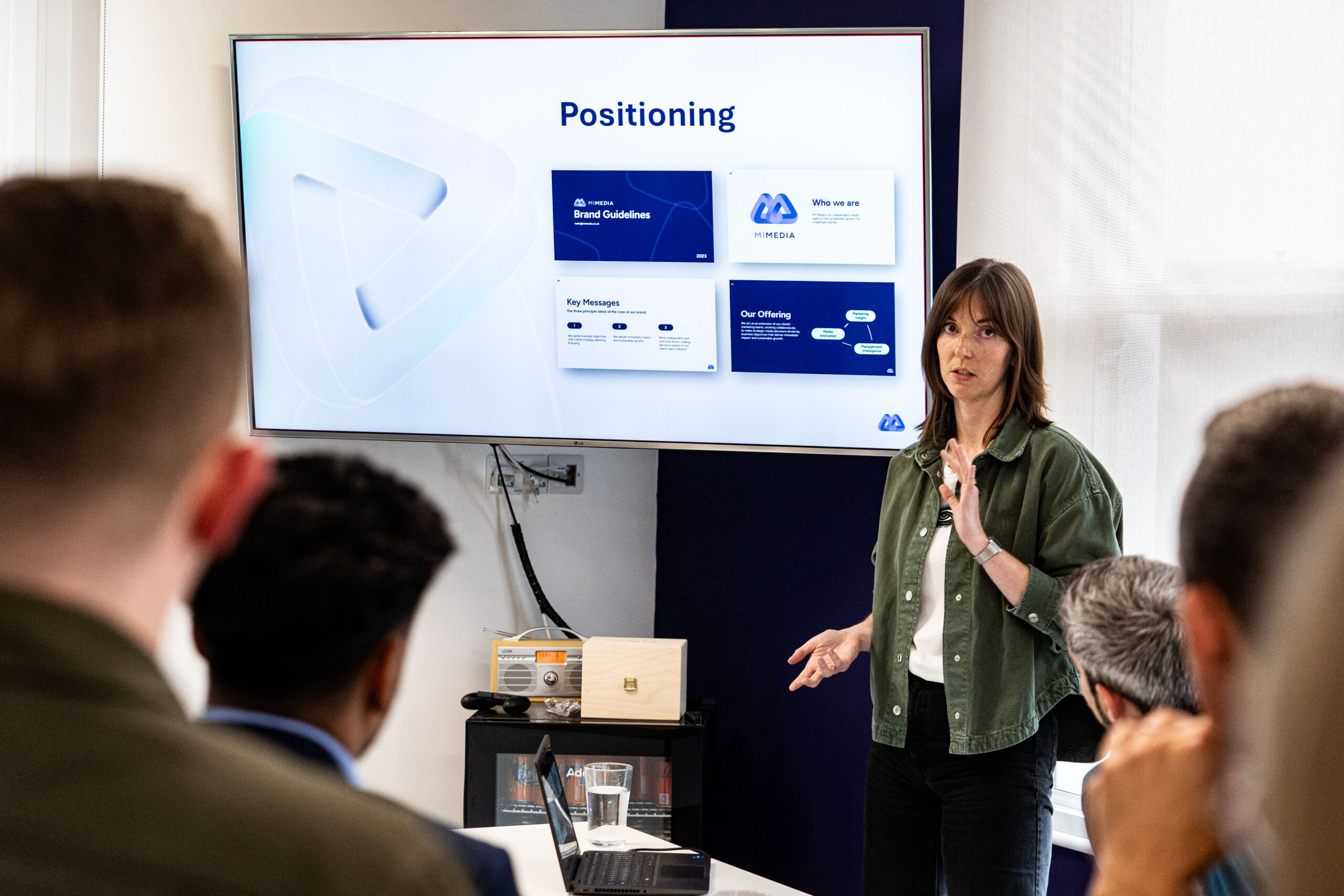In-person events are coming back with a bang but hybrid continues to be the best strategy
It has been five years since the pandemic changed the face of events. 2020-2022 saw the very quick emergence of virtual events, out of survival necessity. Whilst hybrid events are here to stay (for now!), we are seeing in-person events return to popularity.
For example in the case of charities, the UK events fundraising market appears to have shifted back to in-person experiences. In-person events made up 90% of the Top 25 Charity Events that raised the most money last year. Several in-person walking events, such as The Kiltwalk, Shine Night Walk (CRUK), and Memory Walk (Alzheimer’s Society), featured in the Top 25. In stark contract, according to JustGiving, the average amount raised per page for virtual walking events in 2024 declined. Whilst in-person is coming out as the clear winner, many charities are keeping virtual events in the mix, likely due to the cheaper running costs, meaning events remain hybrid.
Conferences remain in demand
For our B2B clients, there is still great demand for in person-conferences. According to Events.com, “In 2025, events that help people grow, professionally or personally, are seeing strong demand. Career networking nights, skills-based workshops, and learning-driven meetups are attracting audiences across generations, not just Gen Z.”
Event marketing doesn’t always need to have dedicated events campaigns if you don’t have the budget to stretch, especially if the event is free to attend. If your other campaigns are strong enough and you have clear signposting to the event on your website, you can expect to see cross-campaign conversions.



















